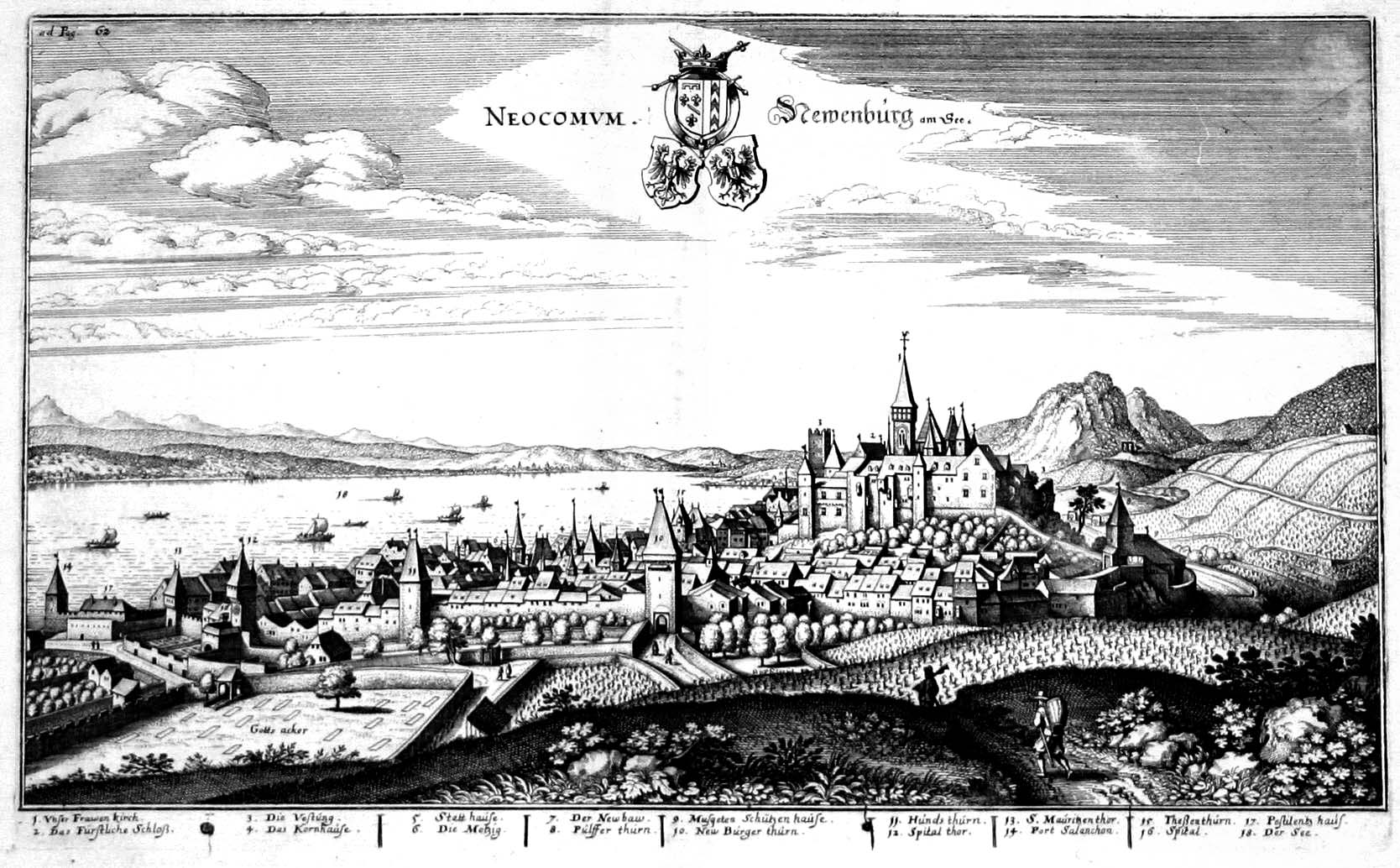OUP is publishing a new edited
collection on the history of justifications for war.
ABOUT THE BOOK
The history of war is also a
history of its justification. The contributions to this book argue that the
justification of war rarely happens as empty propaganda. While it is directed
at mobilizing support and reducing resistance, it is not purely instrumental.
Rather, the justification of force is part of an incessant struggle over what
is to count as justifiable behaviour in a given historical constellation of
power, interests, and norms. This way, the justification of specific wars
interacts with international order as a normative frame of reference for
dealing with conflict. The justification of war shapes this order, and is being
shaped by it.
As the justification of specific
wars entails a critique of war in general, the use of force in international
relations has always been accompanied by political and scholarly discourses on
its appropriateness. In much of the pertinent literature the dominating focus
is on theoretical or conceptual debates as a mirror of how international
normative orders evolve. In contrast, the focus of the present volume is on
theory and political practice as sources for the re- and de-construction of the
way in which the justification of war and international order interact.
With contributions from
international law, history, and international relations, and from Western and
non-Western perspectives, this book offers a unique collection of papers
exploring the continuities and changes in war discourses as they respond to and
shape normative orders from early modern times to the present.
ABOUT THE EDITORS
Lothar Brock is Senior Professor
of Political Science at Goethe University Frankfurt and at the Peace Research
Institute Frankfurt. He is co-author of Fragile States: Violence and the
Failure of Intervention (Polity, 2012) and co-editor of Democratic Wars:
Looking at the Dark Side of Democratic Peace (Palgrave, 2006).
Hendrik Simon is Lecturer at
Goethe University Frankfurt and Research Associate at the Peace Research
Institute Frankfurt. He was Visiting Fellow at the Centre for Advanced
International Theory/University of Sussex (2017), at the University of Vienna
(2018, 2016), at the Max Planck Institute for European Legal History Frankfurt
(2015-16) and at the Cluster of Excellence 'Normative Orders' (2011-12).
TABLE OF CONTENTS
Introduction
1. The Justification of War and
International Order. From Past to Present, Hendrik Simon and Lothar Brock
Part I Basic Theoretical
Considerations: On War and Order(s)
2. Politics, Ethics and History
in Just War, Anthony Lang, Jr.
3. Imperialism, International Law
and War: Enduring Legacies and Curious Entanglements, Siddharth Mallavarapu
Part II The Early Modern War
Discourse: A Process of Transformation?
4. Princes' Justifications of War
in Early Modern Europe: the Constitution of an International Community by
Communication, Anuschka Tischer
5. The Legal Mechanics of Spanish
Conquest: War and Peace in Early Colonial Peru, Arnulf Becker Lorca
6. Capitalism, British Grand
Strategy and the Peace Treaty of Utrecht: Towards A Historical Sociology of
War- and Peacemaking in the Construction of International Order, Benno Teschke
7. Kant's Rejection of Just War:
International Order between Democratic Constitutionalism and Revolutionary
Violence, Oliver Eberl
Part III The 19th Century as the Birth
Era of the Modern War Discourse
8. Anarchy over Law? Towards a
Genealogy of Modern War Justifications (1789-1918), Hendrik Simon
9. Protection Emergencies:
Justifying Measures Short of War in the British Empire, Lauren Benton
10. The Great War and International
Law: German Justifications of Prevention and Pre-emptive Self-Defence, Isabel
V. Hull
11. Salvation through War? The
Ottoman Search for Sovereignty in 1914, Aimee Genell and Mustafa Aksakal
12. Juridification,
Politicisation, and Circumvention of Law: (De-)Legitimising Chemical Warfare
before and after Ypres, 1899-1925, Miloš Vec
Part IV From the League to the
UN: The Universe of Western International Legal Order Revealing its
Self-Contradictions
13. Peace through Law: Lessons
from 1914, B.S. Chimni
14. Re-Ordering the World from
the Skies? The Emergence and Justification of Aerial Warfare, Thomas Hippler
15. The Justificatory Potential
of International Law. National Socialists' Dreams of African Colonies, Felix
Lange
Part V 'Democratic Wars' and the
Post-Cold War International Order: Rise and Decline of the 'Liberal Peace'
16. 'What We Are Fighting For':
Democracies' Justifications of Using Armed Force since the End of the Cold War,
Anna Geis and Wolfgang Wagner
17. The War on Terror and the Law
of War: Shaping International Order in the Context of Irregular Violence,
Michael Stohl
18. 'We Are Going to War.'
Narratives of Self-Defence & Responsibility in Afghanistan War
Documentaries, Axel Heck and Gabi Schlag
19. Justifying Interventions -
The Case of ECOWAS in Liberia, Nina Wilén
20. Humanitarian Intervention:
Justifying War for a New International Order, Beate Jahn
Part VI Alternative Paths:
Non-Western Perspectives on the Justification of War and International Order
from Past to Present
21. The Islamic Law of War and
Peace and the International Legal Order: Convergence or Dissonance?, Sohail H.
Hashmi
22. In the Name of State
Sovereignty? The Justification of War in Russian History and the Present, Paul
Robinson and Mikhail Antonov
23. China's Approach to the Use
of Force: A Short Review of China's Changing Attitudes towards the Justification
of Humanitarian Intervention, Manjiao Chi
Paty VII International Rule of
Law: Justifying, Contesting and Perpetuating the Use of Force
24. Justified: Just War and the
Ethics of Violence and World Order, Chris Brown
25. How Many Deaths Can Art 2 (4)
UN Charter Die?, Thilo Marauhn
26. Justification and Critique:
Humanitarianism and Imperialism over Time, B.S. Chimni
27. The Justification and
Critique of Coercion as World Order Politics, Christopher Daase and Nicole
Deitelhoff
An Attempt at a Synthesis
28. Justifications of the Use of
Force as Constitutive Elements of World Order - Points of Departure, Arrivals
and Moving Destinations, Lothar Brock and Hendrik Simon
More info here
















